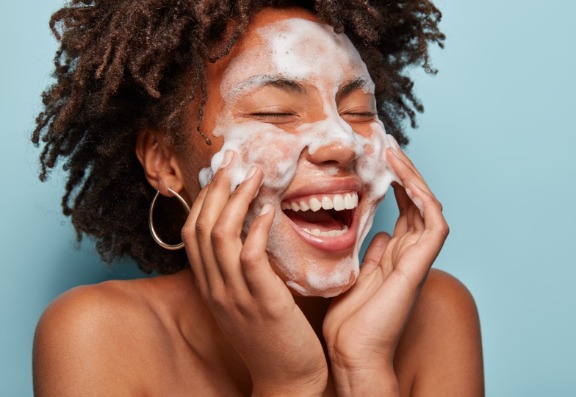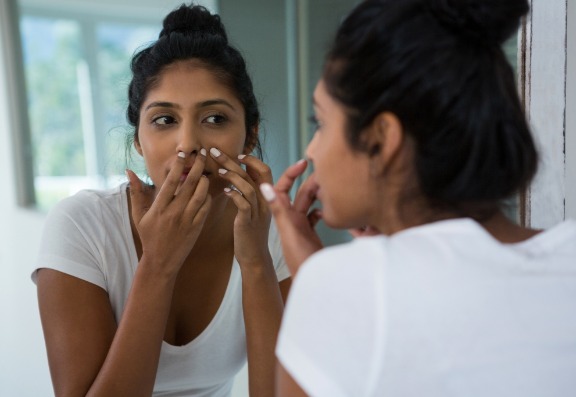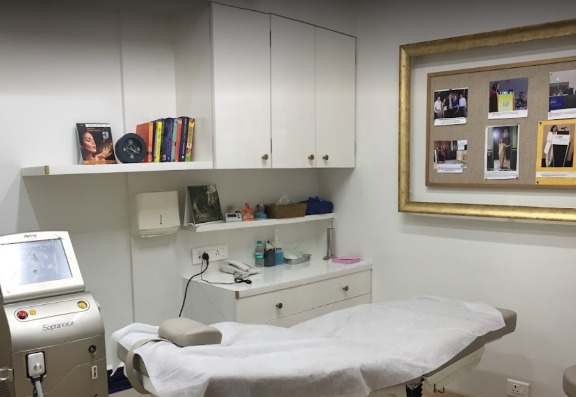
04
Jan
2011
What is the basic structure of the skin and what is responsible for giving it a colour?
Skin is the largest organ of the body. It is made up of two layers, the upper 'epidermis' and the lower 'dermis'. The epidermis and the dermis are further divided into other layers.
The lower most layer of the epidermis is known as the basal layer and it contains organelles called 'melanosomes'. These melanosomes contain cells called melanocytes which produce a pigment called 'melanin'.
The colour of skin depends mainly on this melanin and the amount of melanin present in the other layers of the epidermis. The thickness of epidermis and vascularity of the epidermis are other factors affecting the colour of skin.

What are the causes of hyperpigmentation (increase in skin pigmentation)?
Hyperpigmentation may either be due to increased melanin deposition in the epidermis or dermis.
Epidermal pigmentary disorders respond well to treatment while dermal pigmentation may take a long time to lighten.

What is the treatment for hyperpigmented disorders?
Determining the cause of the hyperpigmentation is important in selecting the best approach for treatment.
Hyperpigmentation is treated with the application of topical creams, chemical peels, lasers.
Patients should avoid the sun by using sun-protective clothing and sunscreen to decrease the likelihood of pigmentary changes induced by UV light.
What is a chemical peel?
Chemical peeling is the application of a solution/gel on the treatment area for a particular time period. It is an office procedure. It does not require any hospitalization. After properly studying the skin type and its sensitivity, the dermatologist decides on the type of peeling agent and their concentration. The skin is first cleansed. The peeling agent is then applied gently onto the lesion or on the full face till the 'end point' is achieved.
During or shortly after the procedure, the patient might experience warmth or stinging sensation for a few minutes. The procedure can be repeated after 2- 3 weeks.

What are the latest peels used in dark skin with proven efficacy?
While Glycolic acid, TCA, Salicylic acid, Jessner’s, Baker Gordon’s peels are being used since a long time, newer combination peels are now commonly being used for hyperpigmentation as well as for anti-aging skin treatments.

Why Combination peels?
They are done to complement the efficacy of different ingredients, to improve the safety of formulations and to increase the range of action of a single ingredient.
Side effects are rare and seen as post-inflammatory hyperpigmentation and scarring.
These occur only if the patient selection is improper or if the method is wrong or if there is post-peel sun exposure.
They are safe in Indian skin and give excellent cosmetic results.
If you want to read more, the experts at Consulting Room really know what they're talking about and have put together some Hyperpigmentation, Melasma, chemical peels, laser skin rejuvenation, sunscreen, Acne and scarring treatment FAQs just for you.
If you have more questions, you can use the Hyperpigmentation, Melasma, chemical peels, laser skin rejuvenation, sunscreen, Acne, and scarring treatment questions feature to talk to our panel of trained medical experts.
If you're keen to get started with acne treatment right away then you're in luck - those clever folks also have a list of trusted, accredited Hyperpigmentation, Melasma, chemical peels, laser skin rejuvenation, sunscreen, Acne, and scarring clinics in your area.
Dr Jaishree Sharad
Consultant Cosmetic Dermatologist, India
Dr Sharad is a CEO of Skinfiniti Aesthetic Skin & Laser Clinic, practicing in Mumbai.
She is also currently the Vice President of the Cosmetic Dermatology Society of India.
She has recently been elected on the executive board of the European Society of Cosmetic and Aesthetic Dermatology. She has spoken at various international conferences and meetings.

From facials, to peels, to tweakments - we ask the experts how to get the bro glow…
New survey releases shocking SPF facts about how the UK uses sunscreen...
The best 6 simple Winter skincare tips for glowing and hydrated skin.
Hey, wait!
Before you go.....
Let's stay in touch, pop your details here and we'll send our editor's hand-picked updates on your fave subjects.